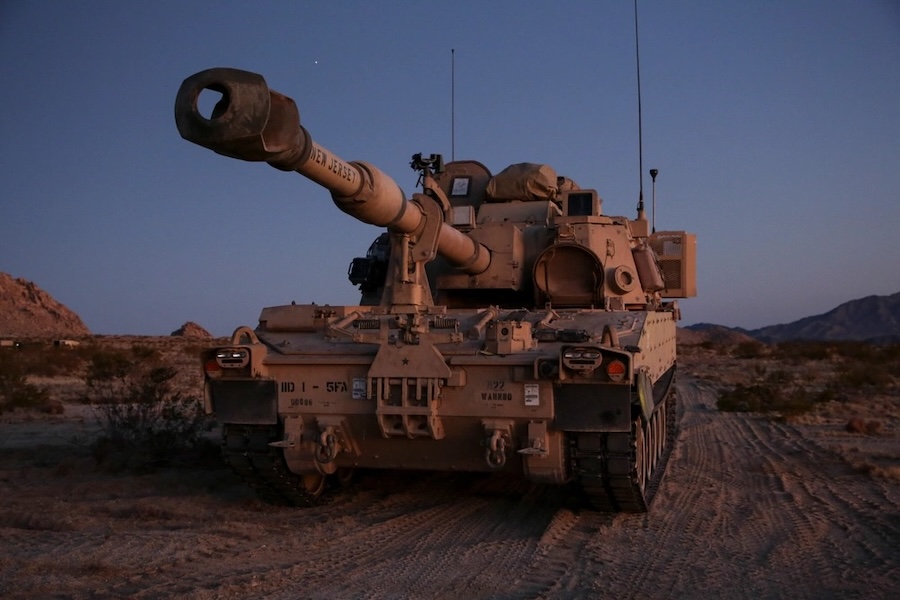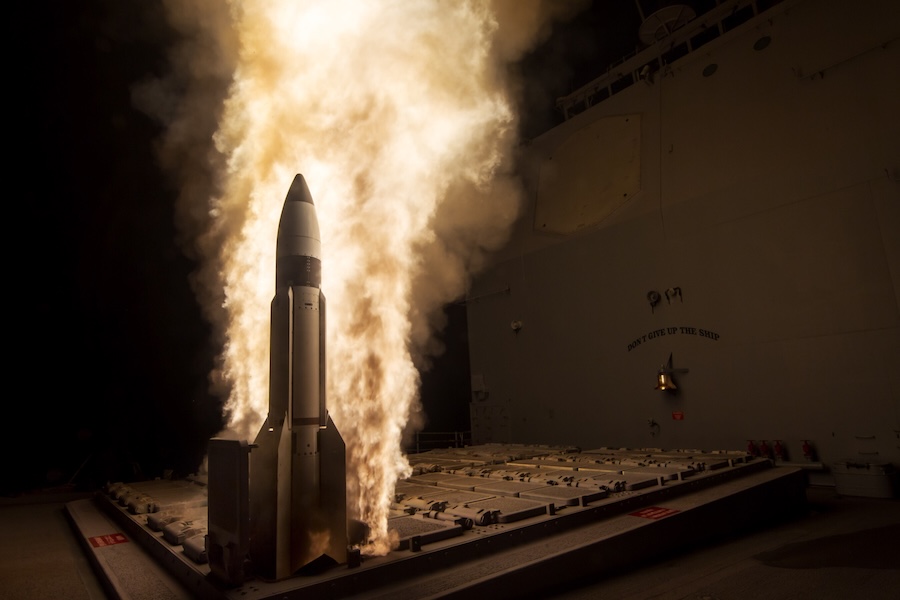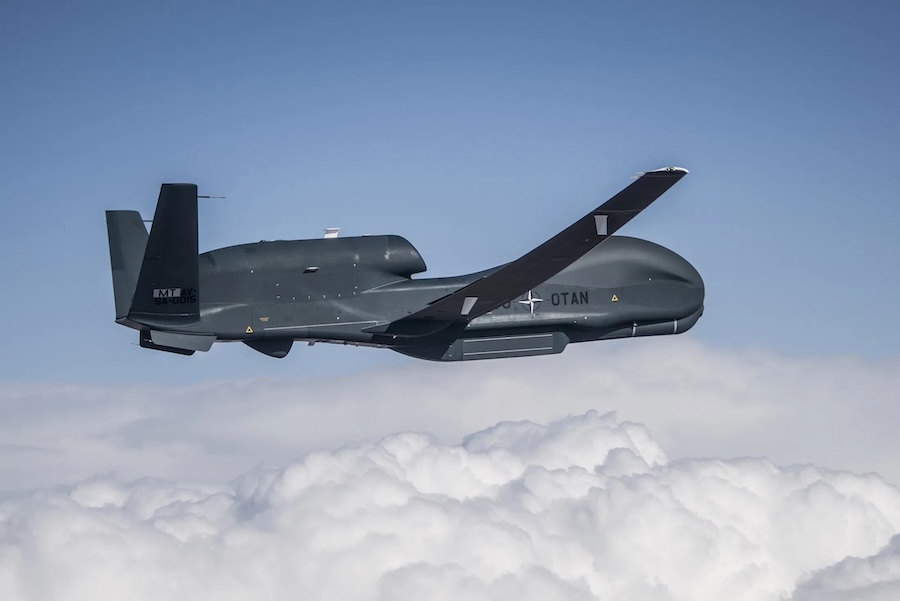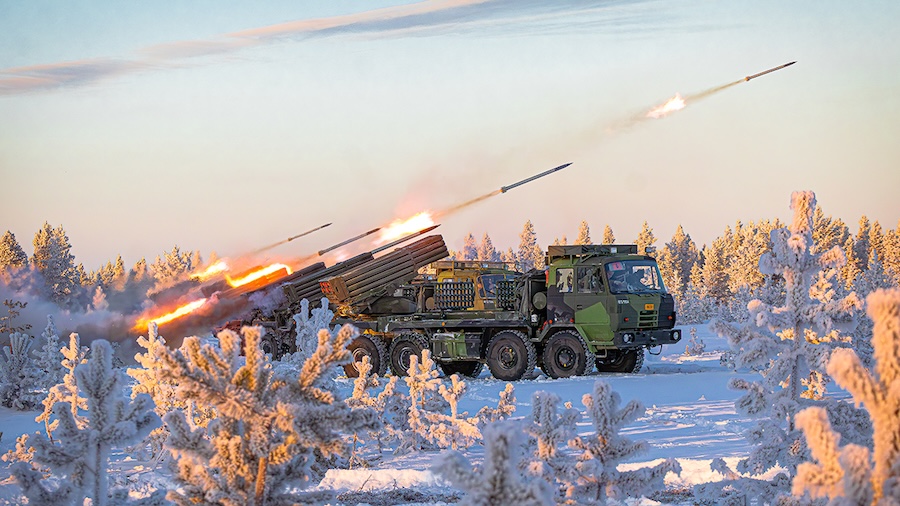The exact location of the launch was not disclosed, though it likely took place at a DRDO or military testing facility. A video of the test was released, showing the launcher mounted on a freight wagon with side-opening protective covers.
Intermediate Range Agni-Prime Missile was successfully tested on 24 Sep 2025 from a Rail based Mobile launcher. This will be a force multiplier to strategic forces, with a game changer road cum rail missile system pic.twitter.com/bEmDQoHNUf
— DRDO (@DRDO_India) September 25, 2025
Once opened, the launcher’s support systems raised the missile to a vertical launch position. The design of the covers allows exhaust gases to be safely vented to the sides during ignition.
The launcher is most likely powered through a retractable connection to the railway’s electric traction system. In front of the launcher is a compartment believed to contain electronic equipment and possibly crew stations, unless the system is unmanned.
As the launcher is towed by a locomotive and lacks independent propulsion, its mobility relies entirely on the railway network. The Agni-Prime, also referred to as Agni-P, is a medium-range ballistic missile with a range of 1,000 to 2,000 kilometres.
The missile is nuclear-capable and designed to replace the earlier Agni-I system. DRDO first confirmed development of the Agni-Prime in 2016, with its maiden test launch taking place in 2021.
Measuring 10.5 metres in length, 1.15 metres in diameter and weighing 11 tonnes, the Agni-Prime carries two nuclear warheads equipped with MIRV-class deorbiting systems. Its range enables strikes across the entirety of Pakistan and into southwestern China.
Range variations depend on payload weight, with the missile able to carry 1.5 to 3 tonnes—either a single warhead at longer distances or two at shorter ranges. Mounting the launcher on a train is intended to reduce vulnerability to sabotage or attack.
The ability to move makes the launcher more difficult to detect and destroy, increasing the likelihood of a retaliatory nuclear strike. Similar rail-based systems were previously used by the Soviet Union and later Russia (e.g. RT-23 Molodets ICBMs), as well as China (DF-41).























